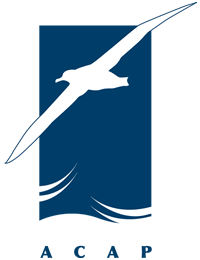Assessment of mercury and isotope accumulation in seabirds as bioindicators of environmental pollution
Secondee/Applicant: María Andrea Meza Torres, Instituto del Mar del Perú
Amount awarded: AUD 12,700
Host Institution: Laboratoire LIENSs, La Rochelle Université, France
Seabirds have increasingly been used as indicators of environmental health. Seabird feathers are a valuable tool for monitoring exposure to heavy metals, as toxic elements build up in them during the individuals' growth and development, providing insights into the environmental conditions they face. The Peruvian Marine Research Institute (IMARPE) has collected samples of albatross and petrel feathers during its coastal monitoring activities of stranded marine fauna. However, it is essential to enhance knowledge and build capacity in this field, understand the tools and technologies needed for proper processing, and analysing samples in an adequate manner.
This Secondment aims to build capacity in implementing methodologies for assessing the accumulation of heavy metals in seabirds and its effects on their development through the analysis of feather samples collected from albatrosses, petrels, and shearwaters found stranded along the Peruvian coast.
General objectives
- Assess the relationship between the presence of mercury and isotopes (nitrogen and carbon) and their impact on the health of these species.
- Enhance the knowledge of pollutant data collection methodologies in seabird feathers and link that data to seabird health.
- Explore new tools to optimise the information gathered from seabird feathers.
- Provide data to support seabird conservation and inform environmental management efforts.
- Promote collaboration between institutions to foster joint projects aimed at conserving ACAP species.

 Español
Español  English
English  Français
Français